- No products in the cart.

Erythromycin tabs n / an kish.rastv. 250mg 20 pieces
Ceftazidime powder for solution for injection vial 1 piece 1d Rafarma
$2.07
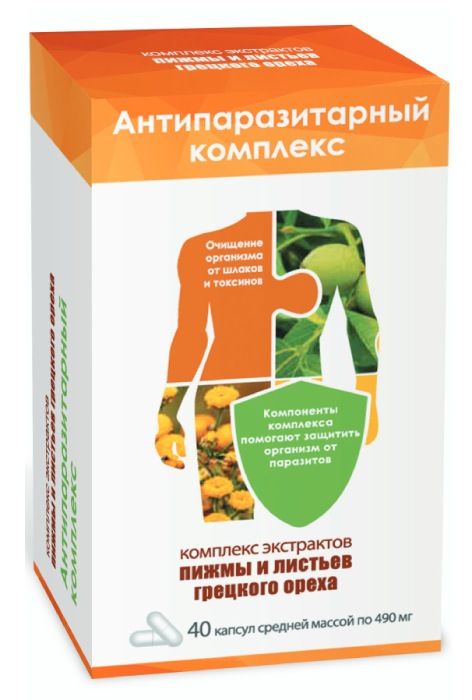
Complex extracts tansy and walnut leaves caps 40 pcs WTF
$5.62
$3.13
Erythromycin tabs n / an kish.rastv. 250mg 20 pieces
SKU: 0117880422 Categories: Antibiotics, Antibiotics, antimicrobial, antiparasitic, Medicaments Tags: 250 mg, Russia
Description
Composition
Active substance:
1 tablet contains: erythromycin (in terms of active ingredient) – 100 mg, 250 mg.
Excipients:
Povidone – 12.6 thousand (low molecular weight polyvinylpyrrolidone medical 12600 ± 2700.) – 3.4 mg / 9.45 mg of crospovidone (Kollidon CL, Kollidon CL-M) – 6.0 mg / 13.5 mg Calcium stearate – 1.85 mg / 4.14 mg talc – 4.64 mg / 10.35 mg potato starch – to core weight of 200 mg / 450 mg.
shell composition: tsellatsefat (atsetilftalilellyuloza) -8.1 mg / 16.2 mg, titania (titanium dioxide – 0.4 mg / 0.8 mg), castor oil – 1.5 mg / 3.0 mg.
Product form:
Tablets coated with an enteric membrane liner 100 mg, 250 mg. 10 tablets in blisters. 1, 2 blisters with instructions for use placed into packs of cardboard.
Contraindications
Hypersensitivity to erythromycin and other macrolides; significant hearing loss; Simultaneous treatment with terfenadine, astemizole, pimozide, ergotamine, dihydroergotamine, children under 14 years of age, the period of breastfeeding.
Dosage
250 mg
Indications
Bacterial infections caused by susceptible pathogens: – of upper respiratory tract infections (laryngitis, pharyngitis, tonsillitis, sinusitis, otitis media and external); – lower respiratory tract infections (tracheitis, bronchitis, pneumonia); – skin and soft tissue infections (pustular skin diseases, including common acne, infected wounds, decubitus ulcers, burns II-III art, trophic ulcers.); – biliary tract infection (cholecystitis); – genitourinary infection in pregnant women, caused by Chlamydia trachomatis; – uncomplicated Chlamydia in adults (with localization in the lower urinary tract and rectum) in case of intolerance or ineffectiveness of tetracyclines; – primary syphilis (in patients with allergies to penicillins); – gonorrhea; – diphtheria (including bacteriocarrier), pertussis (including prevention), scarlet fever, trachoma, legionellosis (Legionnaires’ disease), erythrasma, listeriosis, amoebic dysentery; Prevention of exacerbations of streptococcal infection (tonsillitis, pharyngitis) in patients with rheumatism. Prevention of infective endocarditis in dental interventions and operations in the upper respiratory tract in patients with risk factors (heart disease, prosthetic valves, etc.).
Erythromycin is an antibiotic reserve in case of allergy to penicillin and other antibiotics penicillin and other beta-lactams.
Interaction with other drugs
It reduces the bactericidal activity of beta-lactam antibiotics (penicillins, cephalosporins, carbapenems). Incompatible with lincomycin, clindamycin and chloramphenicol (antagonism). Increasing the concentration of theophylline. It enhances the nephrotoxicity of cyclosporin (especially in patients with concomitant renal insufficiency). , Decreases clearance and midazolam triazolam, and therefore may enhance the pharmacological effects of benzodiazepines. Slows elimination (increases effect) methylprednisolone, felodipine and coumarin anticoagulants. When combined with lovastatin, simvastatin and other statins increase the risk of rhabdomyolysis. Increases the bioavailability of digoxin. Reduces the effectiveness of hormonal contraception. The medicaments (drugs) block tubular secretion, extend T1 / 2 Erythromycin. When combined with the use of drugs, which metabolism in the liver by cytochrome P450 system (carbamazepine, valproic acid, hexobarbital, phenytoin, alfentanil, disopyramide, lovastatin, bromocriptine) can increase the concentration of drug in plasma (as erythromycin is an inhibitor of microsomal liver enzymes). When combined with terfenadine or astemizole may develop arrhythmias (ventricular flicker and flutter, ventricular tachycardia, or death) with dihydroergotamine or unhydrogenated ergot alkaloids – vasoconstriction until complete spasm, dysesthesia. If you are taking other medications, you should consult with your doctor.
Overdose
Symptoms: abnormal liver function, up to acute liver failure, the rare hearing disorder.
Treatment: activated carbon, careful monitoring of the condition of the respiratory system (if necessary – carrying out of mechanical ventilation), acid-base balance and electrolyte metabolism, electrocardiogram. Gastric lavage effectively when receiving a dose five times higher than the average therapeutic. Hemodialysis, peritoneal dialysis and forced diuresis are not effective.
pharmachologic effect
Pharmacological group:
Antibiotic, macrolide.
Pharmacodynamics:
Bacteriostatic macrolide antibiotic. Reversibly binds to the 50S subunit of the ribosome, which disrupts the formation of peptide bonds between the molecules of amino acids, and blocks the synthesis of proteins of microorganisms (does not affect the synthesis of nucleic acids). When used in high doses, depending on the type of agent may exhibit bactericidal activity. By sensing include microorganisms whose growth is delayed at a concentration of antibiotic less than 0.5 mg / L to moderately sensitive – 1.6 mg / l to stable – more than 6 mg / L. Broad spectrum antimicrobial action of erythromycin include: Gram-positive microorganisms: Staphylococcus spp, producing and producing no penicillinase, incl. Staphylococcus aureus (except for strains resistant to methicillin – MRSA); Streptococcus spp. (. Including Streptococcus pneumoniae, Streptococcus pyogenes, Streptococcus spp viridans group); Bacillus anthracis, Corynebacterium diphtheriae, Corynebacterium minutissimum, Listeria monocytogenes; Gram-negative bacteria: Bordetella pertussis, Campylobacter jejuni, Legionella spp. (Incl Legionella pneumophila), Moraxella (Branhamella) catarrhalis, Neisseria gonorrhoeae; Haemophilus influenzae (some strains may be resistant to erythromycin, but sensitive to other macrolide antibiotics); Other microorganisms: Chlamydia spp. (Including Chlamydia trachomatis), Mycoplasma spp. (Including Mycoplasma pneumoniae), Ureaplasma urealyticum, Treponema spp., Propionibacterium acnes, Entamoeba histolytica. To erythromycin resistant Gram-negative bacilli: Escherichia coli and other representatives of the family Enterobacteriaceae (Klebsiella spp, Proteus spp, Salmonella spp, Shigella spp and others….); Pseudomonas aeruginosa; Acinetobacter spp. and other non-fermentative bacteria as well as anaerobic bacteria (Bacteroides spp., including Bacteroides fragilis), methicillin-resistant strains of Staphylococcus aureus (MRSA) and enterococci Enterococcus spp., Mycobacterium. It is an agonist of the motilin receptor. Accelerates the evacuation of gastric contents due to increased contraction amplitude and pyloric antrum-duodenal improving coordination possesses prokinetic properties.
Pharmacokinetics:
Absorption – high. Meal no effect on oral forms of erythromycin as base, enteric coated membrane shell. The time to reach maximum plasma concentration after taking into tablets – 2-4 h, the connection with the proteins – 70-90%. Bioavailability – 30-65%. In the body it is distributed evenly. In large quantities, stored in the liver, spleen, kidneys. The bile and urine concentrations ten times higher than that in plasma. It penetrates the tissues of the lungs, lymph nodes, the middle ear exudate, prostate secretion, semen, pleural cavity, ascites, and synovial fluid. In the milk of lactating women found 50% of plasma concentrations. Poorly penetrates the blood-brain barrier (BBB) in cerebrospinal fluid (CSF) (concentration of 10% of the drug content in the plasma). In inflammatory processes of their permeability to erythromycin increases somewhat in the meninges. Crosses the placental barrier and into the fetal blood, where its content reaches 5-20% of the content in maternal plasma. It is metabolized in the liver (90%), partial formation of inactive metabolites. Involved in the metabolism of erythromycin isozymes CYP3A4, CYP3A5 and CYP3A7, which it is an inhibitor. The half-life (T1 / 2) – 1,4-2 h, anuria – 4-6 h excretion in bile -. 20-30% in an unmodified form, the kidneys (in unmodified form) after oral administration – 2-5%.
Pregnancy and breast-feeding
Erythromycin during pregnancy is possible only when the expected benefit to the mother outweighs the potential risk to the fetus. During lactation because of the possibility of penetration into breast milk should refrain from breastfeeding when applying Erythromycin.
Conditions of supply of pharmacies
On prescription.
side effects
Allergic reactions: urticaria, and other forms of skin rash, eosinophilia, anaphylactic shock.
From the digestive system: nausea, vomiting, gastralgia, abdominal cramps, tenesmus, diarrhea, goiter, oral candidiasis, pseudomembranous colitis, liver dysfunction, cholestatic jaundice, increased activity of “hepatic” enzymes, pancreatitis.
From the hearing organ: ototoxicity – hearing loss and / or tinnitus (when used in high doses – more than 4 g / day, usually reversibly).
From the cardiovascular system: tachycardia, elongation Q-T interval of the electrocardiogram, flickering and / or atrial flutter (in patients with an elongate Q-T interval in the electrocardiogram).
If any of these instructions side effects are compounded, or if you notice any other side effects not mentioned in the instructions, tell your doctor.
special instructions
When long-term therapy is necessary to monitor liver function laboratory parameters. Cholestatic jaundice symptoms may develop within a few days after beginning therapy, but the risk of developing increased after 7-14 days of continuous therapy.
The likelihood of developing ototoxic effect was higher in patients with renal and / or hepatic insufficiency, as well as in elderly patients. May interfere with the determination of catecholamines in the urine and the activity of “liver” enzymes in the blood (colorimetric determination using definilgidrazina). You can not drink milk or dairy products.
In numerous clinical studies it has been proven antral and duodenal prokinetic effect of erythromycin. Use of the drug has no effect on the management of vehicles and machinery service and mechanisms that require concentration.
Storage conditions
In a dry, dark place at a temperature not higher than 25 ° C. Keep out of the reach of children.
Dosing and Administration
Inside. Tablets are taken for 1-2 hours before eating or 2-3 hours after eating. The tablet can not be divided and chew.
Adults and adolescents over 14 years: the usual dose for most infections: single dose – 250-500 mg daily dose – 1000-2000 mg (2.1 g). Erythromycin taken 4 times a day, an interval between receptions – 6 hours. Erythromycin at a daily dosage not exceeding 1 g / day – possible reception preparation 2 times a day (500 mg every 12 hours). In severe infections Erythromycin daily dose may be increased to 4 g (4.000 mg). The maximum daily dose for an adult Erythromycin – 4 g (4.000 mg). The course of treatment – 5-14 days after the disappearance of symptoms treatment should be continued for another 2 days.
Treatment of streptococcal infections of different localization (including tonsillopharyngitis) – must continue for at least 10 days.
When juvenile acne – 250 mg 2 times a day simultaneously with local therapy, then after 1 month from the beginning of treatment depending on the condition of the dose can be reduced to 1 250 mg once a day.
When urogenital Chlamydia infection during pregnancy – 500 mg 4 times a day for at least 7 days, or (for the poor tolerance of such doses) – 250 mg four times daily (or 500 mg 2 times a day every 12 hours) for at least 14 days. In uncomplicated chlamydia (urethral, endocervical or rectal) intolerance tetracycline antibiotics – adults 500 mg four times a day for at least 7 days.
Treatment of primary syphilis – course dose is 30-40 grams duration of treatment – 10-15 days multiplicity of reception – 4 times per day. Treatment preferable to begin with intravenous administration, followed by oral form.
In gonorrhea – 500 mg d every 6 hours for 3 days, followed by 250 mg every 6 hours for 7 days.
Treatment of bacteria diphtheria – 250 mg 2 times a day for at least 7 days. Whooping cough – on 100-250 mg 4 times a day, a course of treatment 5-14 days.
Scarlet fever – in normal doses, the treatment – not less than 10 days.
When legionellosis (Legionnaires’ disease), – a daily dose of 2-4 g / day, divided into 4 doses (500-1000 mg 4 times daily) till the disappearance of clinical symptoms of the disease (but not less than 14 days).
When listeriosis – 250-500 mg 4 times a day for at least 7 days, causal treatment is conducted until 6-7th day of normal temperature and under severe forms – up to 14-21 th day.
When erythrasma – 250 mg 4 times a day for 5-7 days at a time with external agents.
When amoebic dysentery: adults and adolescents over 14 years – 250 mg 4 times a day. Duration of treatment – 10-14 days.
Prevention of exacerbations of streptococcal infection (tonsillitis, pharyngitis) in patients with rheumatic adults – 250-500 mg 4 times per day, duration of course – at least 10 days.
Prevention of infective endocarditis patients with heart defects in dental interventions and operations ENT – adult to 1 g (1000 mg) for 1-2 hours prior to treatment or diagnostic procedure, then 500 mg every 6 hours, total 8 receptions.
Information
Appearance may differ from that depicted in the picture. There are contraindications. You need to read the manual or consult with a specialist
Additional information
| Weight | 0.100 kg |
|---|---|
| Manufacturer | Russia |

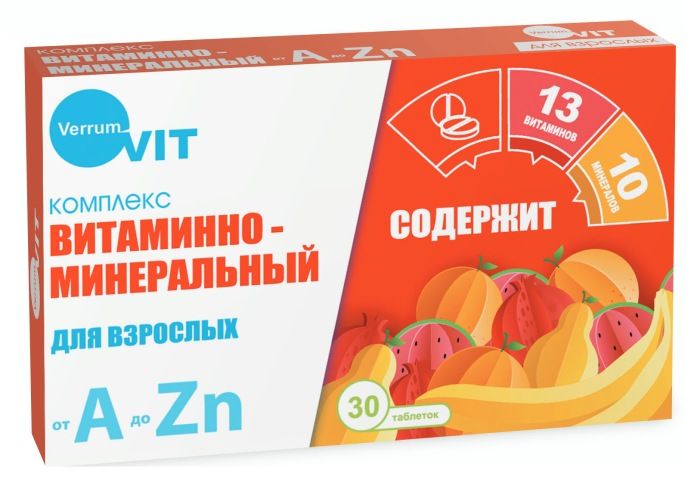


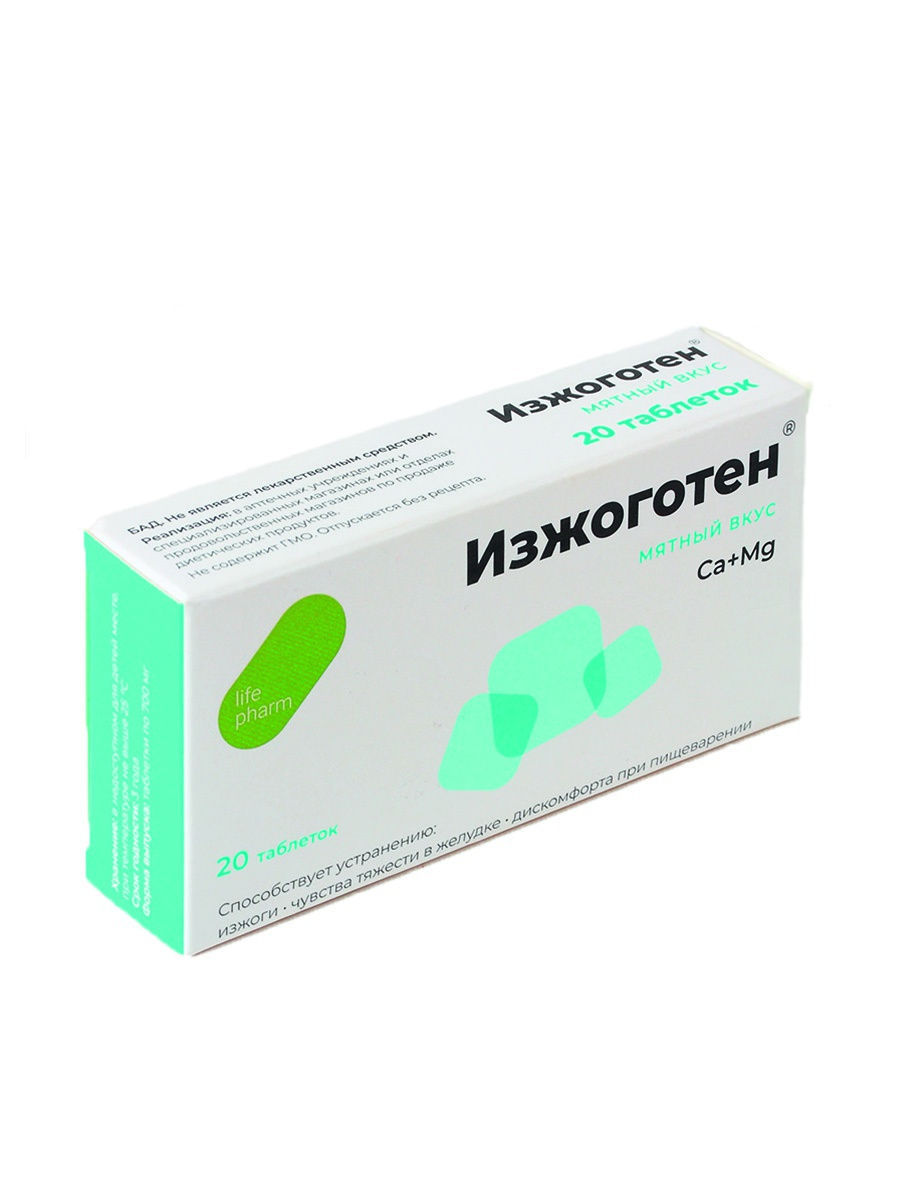
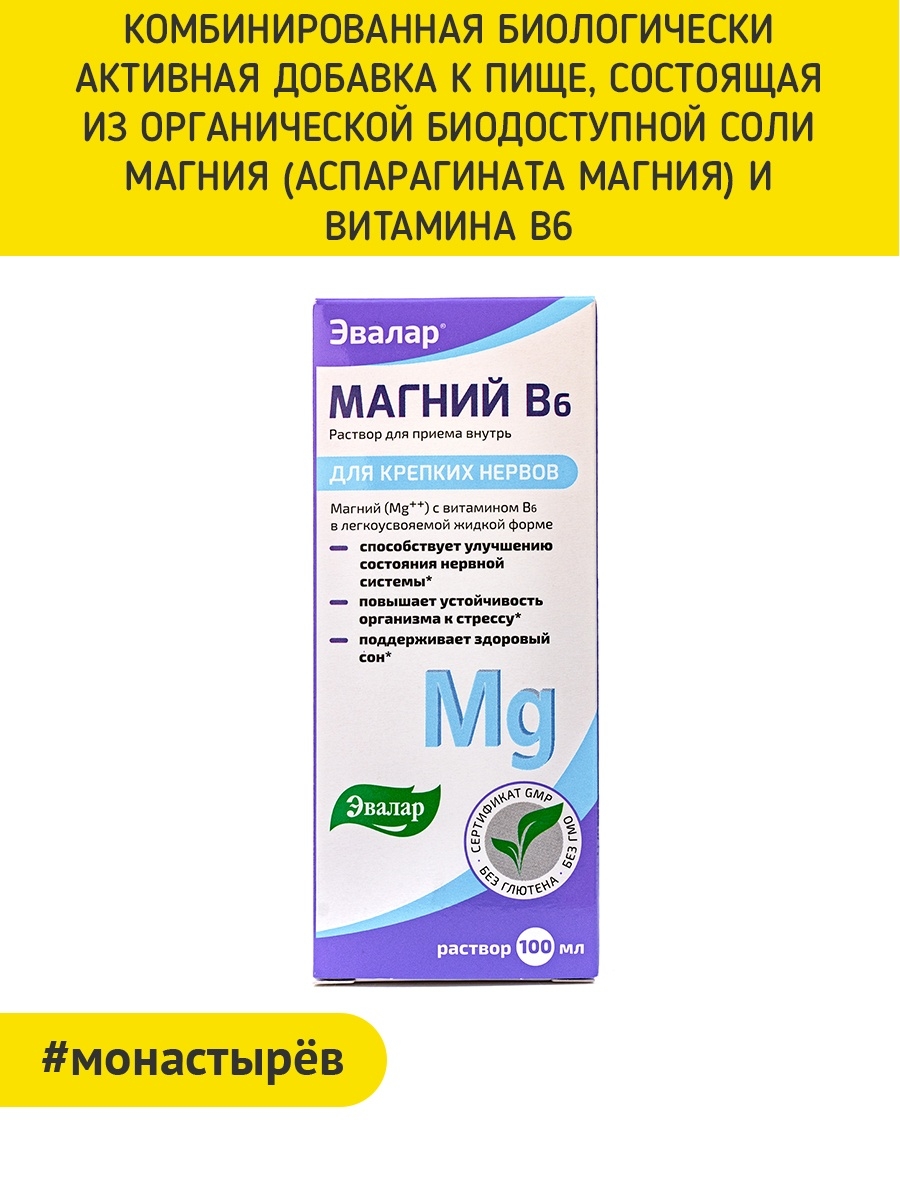
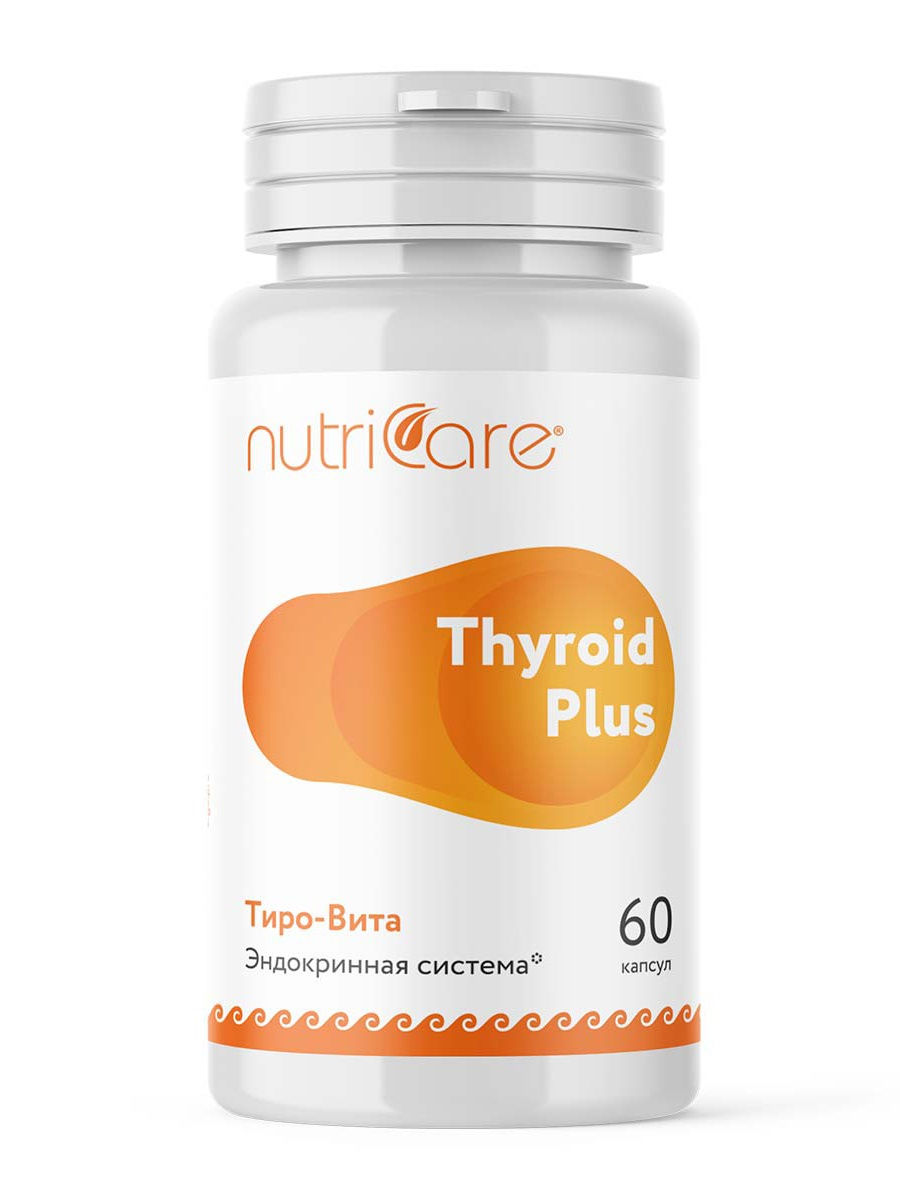




There are no reviews yet.